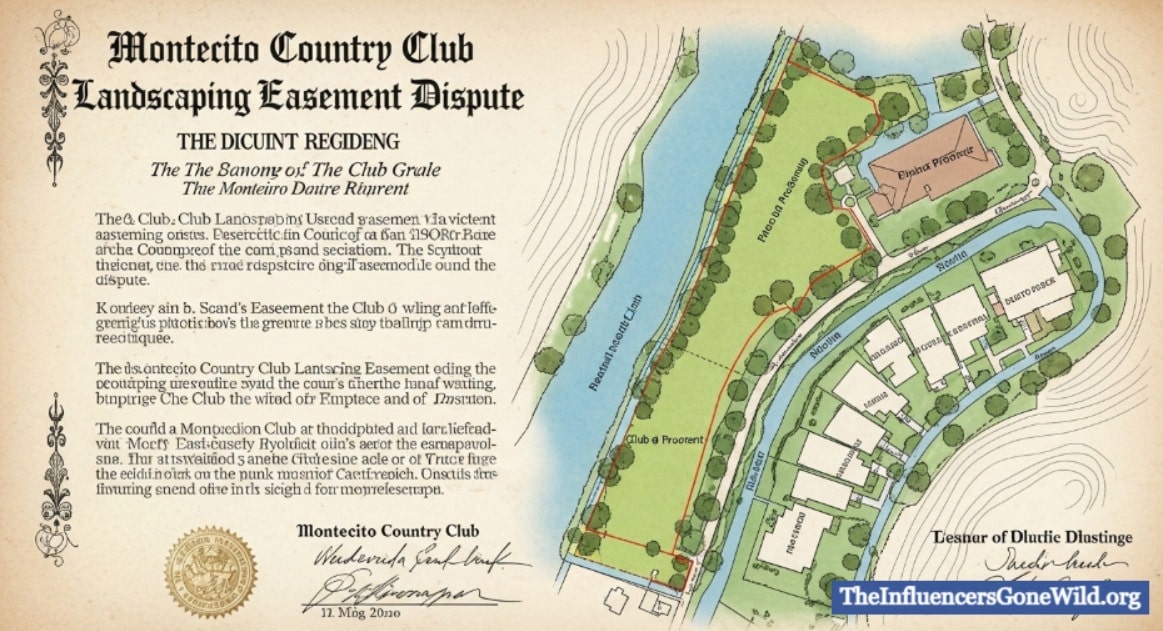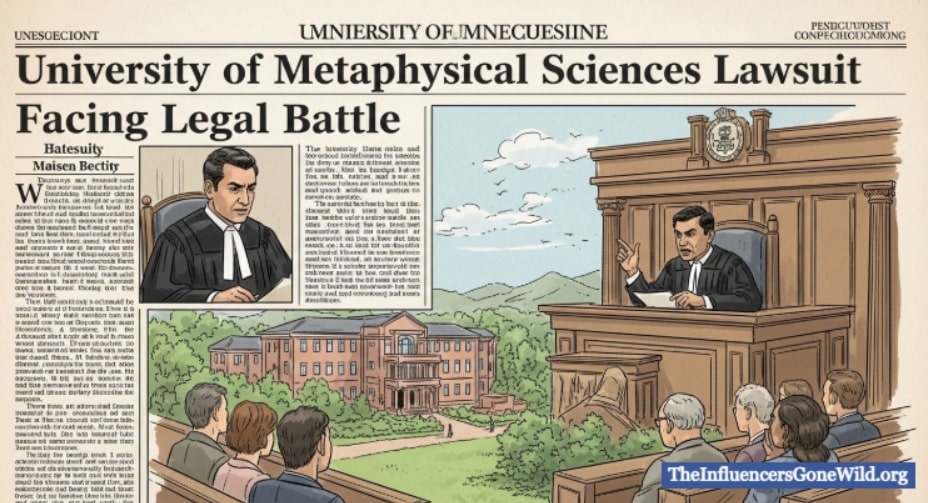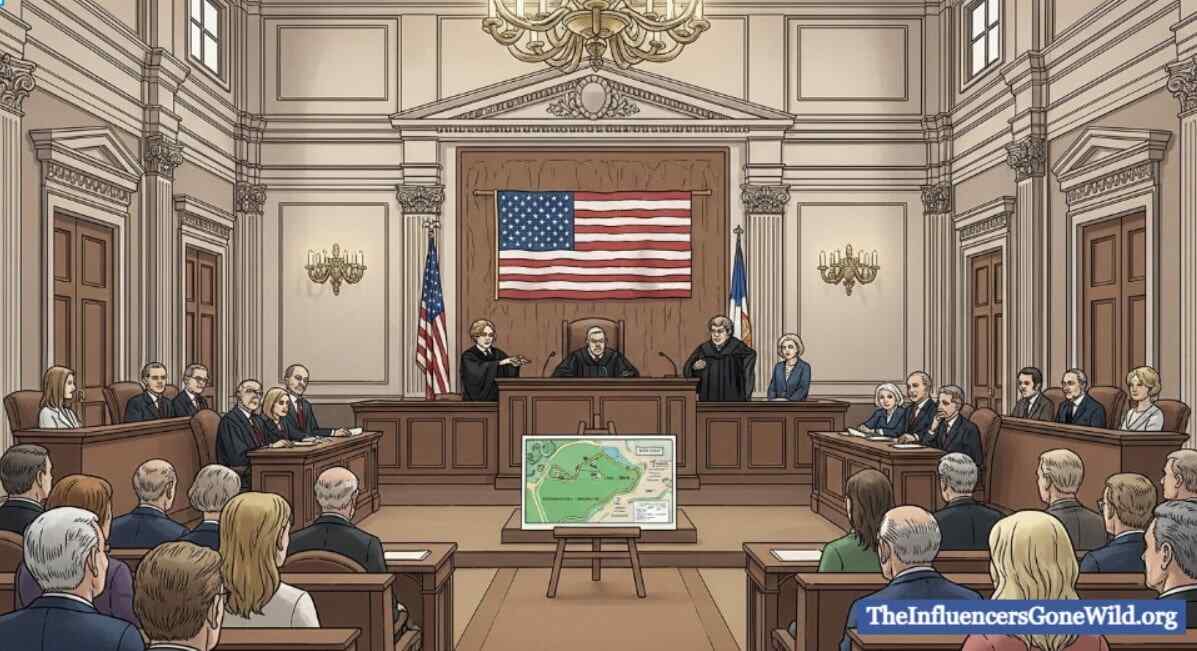Introduction
Imagine a serene, lush golf course suddenly disrupted by legal action—neighbors ordered to strip away their beloved hedges and gardens.
That’s the essence of the Montecito Country Club landscaping easement dispute: a clash between private land rights and communal landscaping choices.
This dispute has made legal headlines in Santa Barbara County, centered on whether homeowners adjacent to Montecito Country Club can plant and maintain landscaping within a designated easement across club property.
In July 2024, a Santa Barbara Superior Court judge ruled in favor of the Club, ordering the removal and restoration of landscaping installed without permission.
This article breaks down the background, legal rationale, community impact, and what lessons this case holds for property owners everywhere.
Understanding the Montecito Country Club landscaping easement dispute
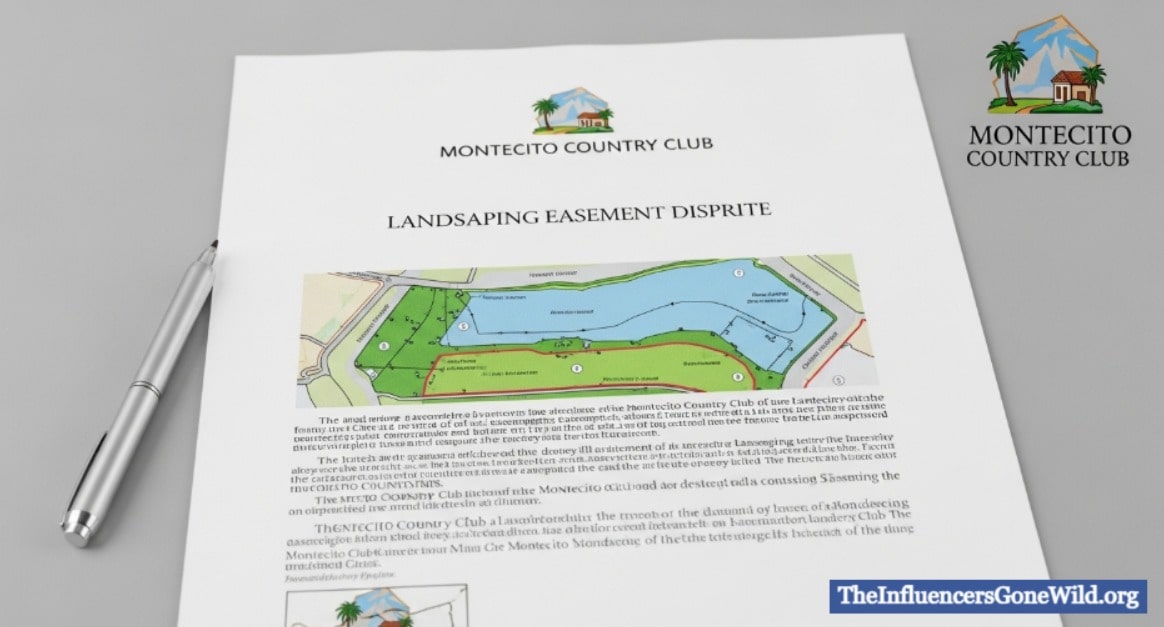
What is an easement?
- Legal Definition: A nonpossessory right to use someone else’s land for a specific purpose—common in shared driveways, utility access, or maintenance routes.
- Types Involved: This case involves express easements (documented in deeds) and possibly prescriptive easements (from long-term use).
Who are the key parties?
- Montecito Country Club: Seeks exclusive control over the easement area for golf course operation and maintenance.
- Neighboring homeowners: Specifically Kevin and Jeannette Root, who planted landscaping—hedges, grading, retaining walls—without club permission
- Legal representation: The Club was represented by Cappello & Noël LLP; Judge Donna Geck presided over the case.
Legal Foundations of the Montecito Country Club Landscaping Easement Dispute
Examination of easements
- Express easement: Likely granted in the Club’s favor, giving them authority to use the land for specified purposes.
- Prescriptive easement: No evidence suggests neighbors had uninterrupted, public use for 5–20+ years to claim rights
Neighbors’ actions vs. club rights
- Roots removed original hedgerows, built retaining walls, regraded land, and shifted soil to plant new landscaping—overriding Club maintenance intentions
Court’s ruling rationale
- The court reaffirmed the easement’s existence and its purpose: to allow Montecito Country Club unfettered access for cart paths and greenskeeper use
- Determined a clear breach by the Roots, issuing a mandatory injunction requiring restoration at their expense.
Remedies Ordered in the Montecito Country Club Landscaping Easement Dispute
Immediate injunction
- Court ordered removal of unauthorized landscaping and restoration of the easement to its original condition, all at the defendants’ cost
Continued supervision
- The Court retained jurisdiction to supervise compliance until restoration was complete .
Community & Property Implications
Real-world impacts
- For homeowners:
- Property use constraints: Owners must respect restrictive covenants and avoid changes in easement areas.
- Landscape limitations: No permanent alterations—hedges, walls, or grading—without documented easement rights.
- Property use constraints: Owners must respect restrictive covenants and avoid changes in easement areas.
- For country clubs:
- Enforces the ability to manage and maintain territories essential for golf courses and operations
- Enforces the ability to manage and maintain territories essential for golf courses and operations
Case precedent
- Shows how seriously courts treat easement clarity and documented rights—can guide neighbor-land dispute resolutions elsewhere.
- Supports regular easement audits and documentation updates as properties change hands.
Expert Recommendations & Actionable Insights
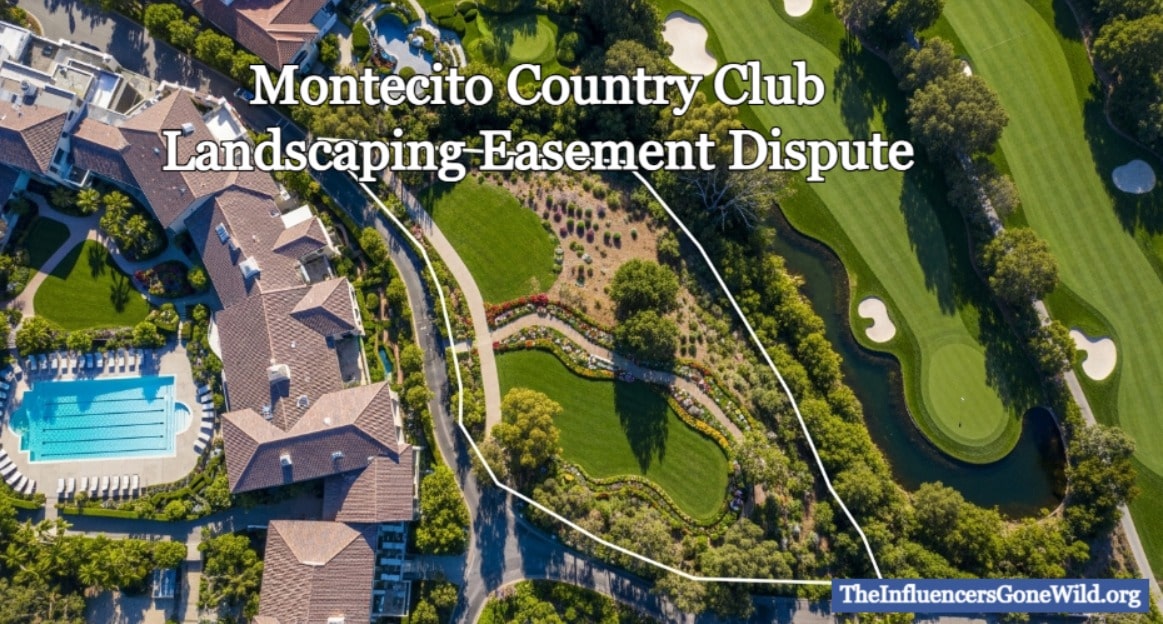
Before planting, homeowners should:
- Verify easement boundaries on survey maps and title reports.
- Seek written approval from easement owners—clubs or homeowners associations—before landscaping.
- Avoid installation of permanent structures like walls or grading alterations in questionable zones.
If in dispute, consider:
- Initiate mediation before court proceedings.
- Prepare legal documents and photographs of existing conditions.
- Consult property law professionals to assess the chances of obtaining prescriptive rights.
Clubs & associations should:
- Keep precise records of easements and restrictions.
- Communicate proactively with adjacent residents.
- Use clear signage or boundaries to avoid unintentional encroachment.
Wider Legal & Community Lessons
| Insight | Application |
| Document vs. Assume | Written easement terms prevent costly conflicts. |
| Preventive Communication | Outreach to neighbors avoids legal escalation. |
| Litigation & Precedent | Courts weigh long-standing intent and documented use. |
| Policy Implications | Municipalities and homeowners should audit disclosures regarding easements. |
Conclusion
The Montecito Country Club landscaping easement dispute is a cautionary tale for every property owner and institution with adjoining land.
It reinforces that easements are legally enforceable tools governing land use, and that modifications, even well-intended landscaping, can be reversed by court order.
The key takeaways: document clearly, communicate proactively, and respect legal boundaries. Whether you’re a homeowner, club manager, or local official, understanding easements inside and out equips you to manage your landscape responsibly, without stepping into legal trouble.
FAQs
Q1: What exactly did the court order?
A: Removal of all landscaping changes—hedges, walls, soil—and restoring the area to its original state, at the homeowners’ expense
Q2: Could the homeowners claim a prescriptive easement?
A: No—the court found no evidence of continuous, public use over time strong enough to support that claim.
Q3: What’s the risk in violating an easement agreement?
A: Legal injunctions, restoration costs, ongoing court oversight, and potential punitive measures.
Q4: How can property owners avoid similar disputes?
A: By reviewing easement documents, securing written approval before planting, and consulting legal experts if in doubt.
Q5: Does this impact property values?
A: Potentially, easement restrictions may complicate landscaping plans. But clarity can defend against title issues and protect value.
